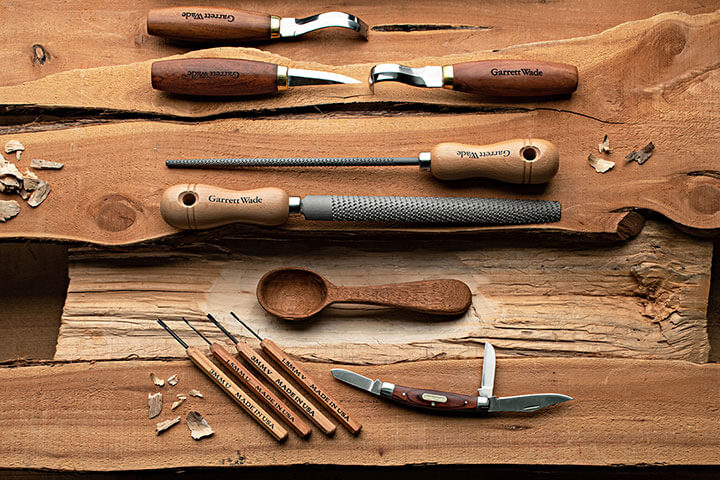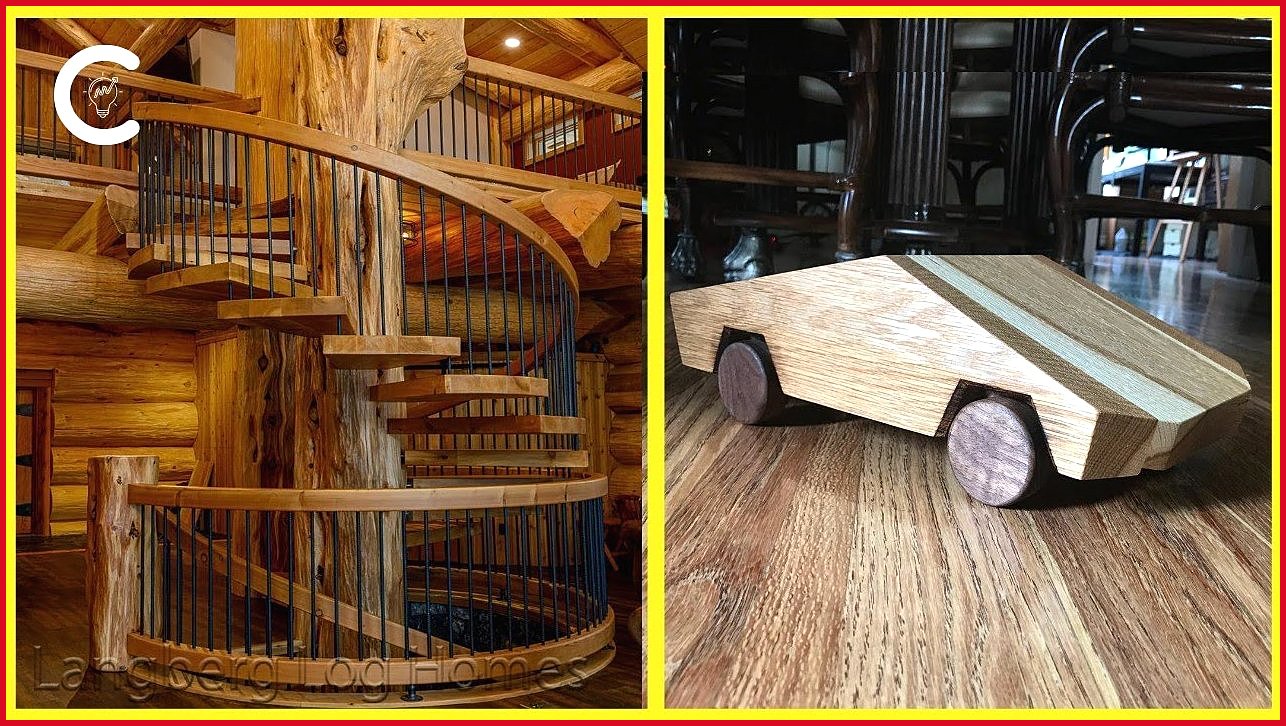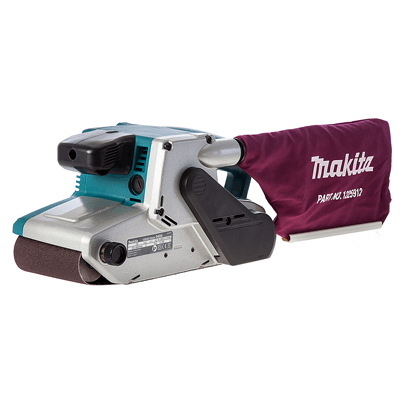
There are many types and varieties of joinery wood. They include the Mitered butt joint, the Tongue and groove joint, and the pocket-hole joint. Let's have a closer look at each one. Once you have a basic idea of what each of them does, you'll have no trouble building a beautiful table. This article will show you how to use the best joinery wood techniques. You'll be more knowledgeable and confident about their uses and benefits.
Mitered butt joint
The common type of joinery used for joining pieces of wood is the mitered, butt joint. To form a 90 degree corner, this joint uses two boards that have 45-degree cuts at both ends. This joint is useful for creating irregular shapes. Its strength can be compared to a traditional butt joint made from wood. However, it is less strong than edge to edge joints.
A mitered joint can be held together by glue or nails. To prevent splitting, it is best that you drill a pilothole before mitering. Alternatively, you can use a pin nailer, a pneumatic tool that uses tiny brad nails to hold the wood together. The heads of these nails are very small, and they disappear once the wood is glued in place.

Joint with mitered groove
A mitered joint in joinery wooden has a 45 degree angle between the two pieces. You can create a miter joint by laying the two pieces of wood together, and cutting the grooves while the wood is still square. Cutting the grooves while the wood is still square will make the process safer and easier. Place a spline inside the cut grooves. Attach the spline with glue, nails, or screws.
The Mitered groove joint is another variation of the traditional biscuit joint. It is created by carving a groove into one of the wood pieces, and then gluing them together. This type of joint is often used for solid panels made from different types of wood. Because it is invisible, the joinery can be harder than a regular wood joint. It is important that you cut the biscuit joint from the same side of the wood as the one being joined.
Joint tongue and groove
Although a tongue and groove joint is common in joinery wood, there are many ways to create it. A tablesaw is a good choice for creating this type joint. The blade can be used to cut through the grooves with a single pass, while the dado stack can be created in one pass. A router table can, on the contrary, be fast and efficient. It allows you to match bits to make tight tongue and groove joints.
A tongue and groove joint is an ideal way to connect similar pieces of wood. This type of joint is commonly used in high-quality cabinetwork, but can also find other uses. Some types of wood flooring use this joint, as do some architectural paneling, cabinet doors, and face frames. Some people even use it as a drawer track, since it's so easy to assemble. If you are not familiar with tools and don't want to hire a jointer, you could make your own using a plane or saw.

Pocket-hole joint
Wooden is the most widely used pocket-hole joints. It can only be used on one of three sides of wood. This is the edge grain and the face. However, it can not be used on any end grain. To ensure the perfect fit, you need to be able to use pocket-hole jointery. Pocket-hole joinery is the best way to create a pocket-hole joint for beginners.
The most common way to create a pocket-hole joint is to drill a hole in a piece of wood that is at least one half inch deep. This tool allows you drill holes at an angle of 15o. To use a jig for pocket holes, you will need to have a cordless drill. You can also use the Porter-Cable P560 pocket-hole tool.
FAQ
Can this be a way to make money?
Yes! In fact, many woodworkers already do. According to the U.S. Bureau of Labor Statistics' (BLS), in May 2012 the median annual wage of woodworkers was $34,000 This is more than the national average of 31,000 per annum.
Where can I begin with woodworking
Learning how to build furniture is the best method. Although you will need to have tools and may make mistakes along your journey, you'll soon be able to master it.
You should first choose the project you wish to complete. You can make a simple box or a large entertainment center. Once you've decided on a project, find a local woodworker who specializes in that kind of work. Ask him or her for advice on what tools you'll need and where to find them. Ask if you can find someone who does this kind work.
Where can I find my woodworking tools?
There are many places you can get everything you need, and you don't have to go far. You could go to your local hardware shop or visit websites such as Amazon.com.
You can also check garage sales and flea markets for old furniture and other materials you can reuse.
How much should a skilled woodworker earn per hour?
The hourly rate for a professional woodworker varies depending on many factors, including skill level, experience, availability, location, and other variables.
A skilled woodworker can expect an hourly rate of $20-50.
A less skilled woodworker might charge as low as $10 per hour.
Statistics
- Overall employment of woodworkers is projected to grow 8 percent from 2020 to 2030, about as fast as the average for all occupations. (bls.gov)
- If your lumber isn't as dry as you would like when you purchase it (over 22% in Glen Huey's opinion…probably over 10-15% in my opinion), then it's a good idea to let it acclimate to your workshop for a couple of weeks. (woodandshop.com)
- Most woodworkers agree that lumber moisture needs to be under 10% for building furniture. (woodandshop.com)
- The best-paid 10 percent make $76,000, while the lowest-paid 10 percent make $34,000. (zippia.com)
External Links
How To
How to join wooden boards without using nails
Woodworking is a favorite hobby. Woodworking is a relaxing hobby that allows you to use your hands to create useful things from wood. You might want to join two pieces from the same wood, but you don't need to use nails. This article will teach you how to do this to keep your woodwork projects looking great.
You will first need to trim the edges of your wood pieces before joining them. You don't want to leave sharp corners that could cause problems later on down the road. Now you can start gluing the boards together.
When working with hardwood, glue should be applied only to one side. You should glue both sides if you are working with softwoods such as pine and cedar. Once you have applied the glue, press down on the boards until they are fully attached. Make sure you let the glue dry before moving on to the next step.
After you have glued your boards, drill holes where you want to insert screws. Depending on the type of screw that you use, the size of these holes will vary. For example, if your screw is a 1/2-inch wooden screw, drill a hole that is at minimum 3/4 inches deep.
Once you've drilled your holes, you'll want to drive the screws through the joint and into the backside of the board. Don't hit the board's surface. You could damage the finish. Be careful not to drive the screws too hard at the ends. This will help prevent splitting of the end grain.
Now that your project is finished, you'll want to protect it from the elements. You have two options: seal the whole furniture piece or just the top. Either way, you'll want to use a product that will last for years to come. You can choose from oil-based varnishes or polyurethane, shellac and lacquer as examples.
These products can usually be found at any home improvement store. Just make sure that you buy the right kind for the job. Some finishes are toxic and should not ever be used indoors. Always wear protective gear when handling any of these finishes.